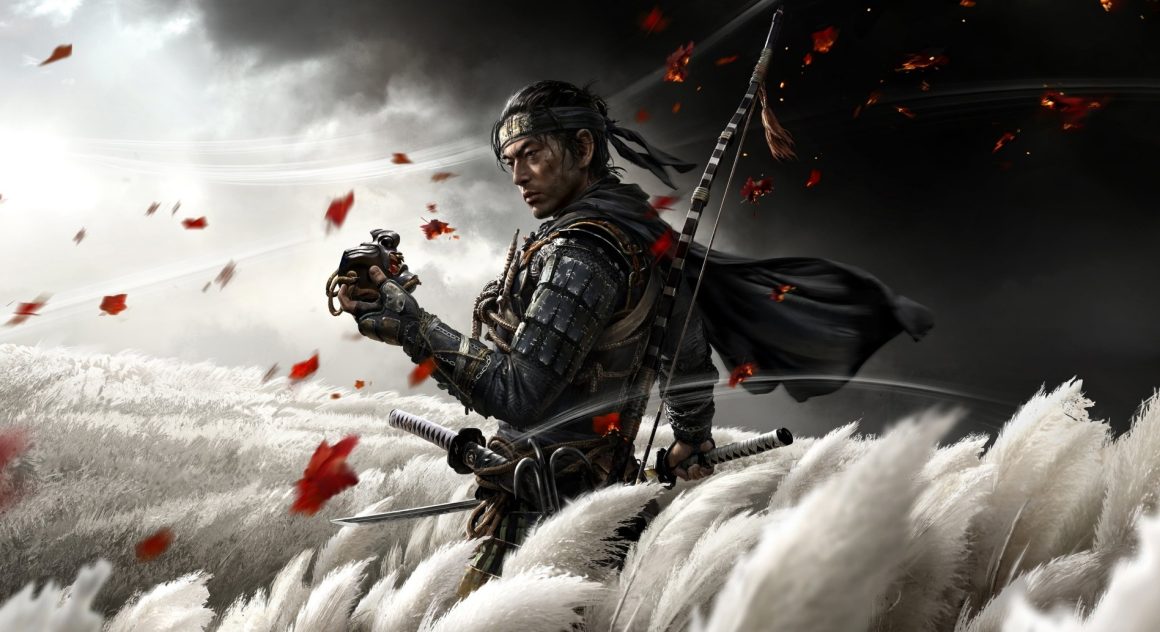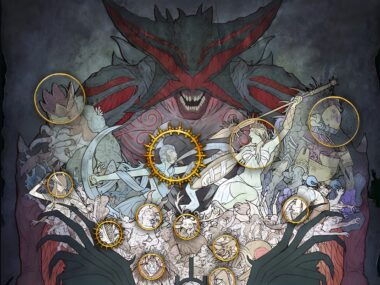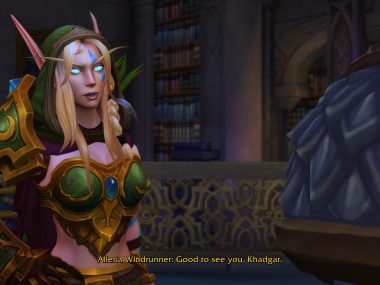The main storyline of the video game Ghost of Tsushima is influenced by the first Mongol invasion of Japan in 1274.
The game’s opening cinematic depicts the bravery of 80 samurai as they form the first line of defense against the Mongol army on Komoda Beach. While the game takes creative liberties with the characters and events, it captures the essence of the historical conflict.
Real Life Invasion
The Mongol Empire launched an invasion against Japan in 1274. After the subjugation of Korea and turning it into a vassal state, Japan’s independence was seen as a threat. Kublai Khan — grandson of Genghis Khan and founder of the Yuan Dynasty of China — wanted to expand his empire and gain access to Japan’s resources, such as their gold.
- From 1268 to 1274, Khan sent multiple letters and emissaries to Japan, demanding they pay tribute to the Mongol court. Japan rejected these attempts at diplomacy and prepared for war.
- In early November 1274, Khan sent invasion fleets with nearly 40,000 troops to Japan.
- The samurai were initially overwhelmed by the sheer numbers and the Mongols’ unfamiliar tactics.
- The Kamakura samurai weren’t used to fighting foreigners and expected to engage the troops in one-on-one combat. The Mongol soldiers often attacked in groups.
- The Mongols’ use of gunpowder, poisoned arrows, and explosives terrified and disoriented the samurai, forcing them to retreat.
- Having conquered Tsushima and Iki Island, the Mongols failed to claim more territory. A typhoon destroyed or severely damaged many ships, and the Mongols decided to retreat.
Second Invasion
Seven years later, in 1281, Kublai Khan launched another invasion of Japan. Between 70,000 and 140,000 soldiers were divided into two main fleets: one fleet would sail directly to Japan, while the second fleet would meet with the first at Iki Island before attacking the mainland. The Japanese had greatly improved their defenses since the first invasion and put up a fierce fight. However, another typhoon devastated the Mongol fleets, forcing them to retreat. These typhoons were called kamikaze (or “divine winds”), as they were seen as a gift from the gods.
Differences Between Ghost of Tsushima and the Mongol Invasions
Fictional Characters: All of the characters featured in Ghost of Tsushima are completely fictional. The real-life defense was conducted by various samurai families, with no singular hero like Jin Sakai. There’s also no evidence confirming the existence of the game’s main villain Khotun Khan.
Guerrilla Warfare: Jin’s use of guerrilla warfare tactics in the game is a dramatic addition; historical records primarily document conventional samurai combat methods.
Dramatic Narrative: The overall narrative of the game is fictionalized for dramatic effect, incorporating personal stories, character development, and mythical elements that were not part of the historical events.
Ghost of Tsushima is a perfect blend of historical events mixed with fictional storytelling. It gives players an immersive experience that honors the spirit of the samurai while introducing compelling gameplay elements. The game serves as a tribute to the resilience and bravery of those who defended Japan during one of its most tumultuous periods.






